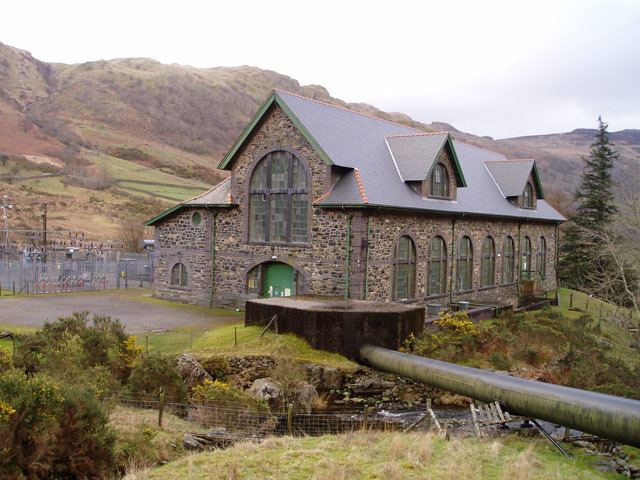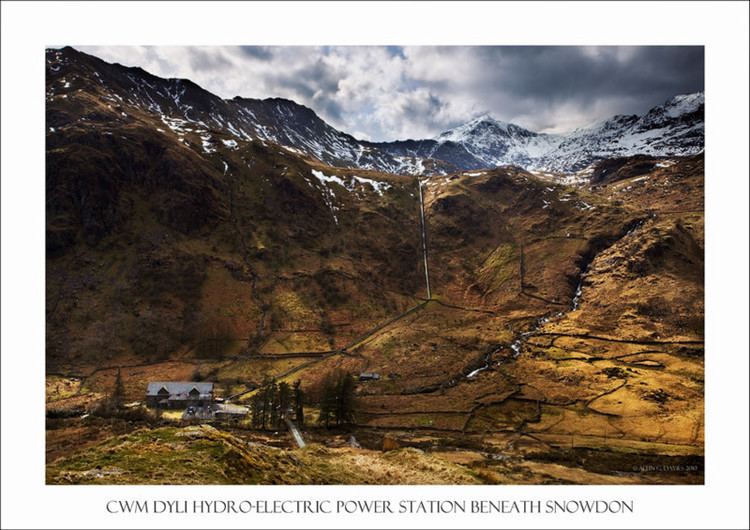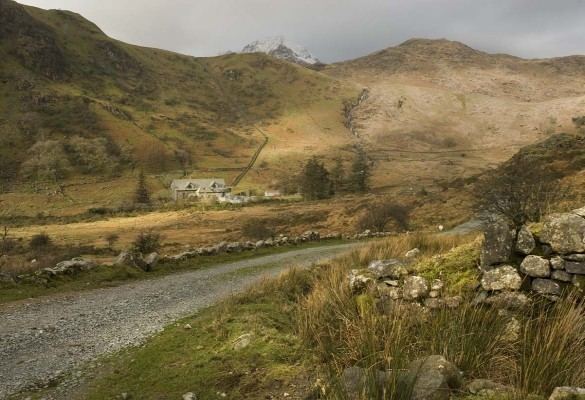Location Cwm Dyli, Wales Create Llyn Llydaw | Opening date 1905 Installed capacity 9.8 MW | |
 | ||
4 f0ur peaks of cwm dyli
Cwm Dyli is the location of a hydro-electric power station on the southern flank of the Snowdon range in North Wales. The station was built in 1905 by the Porthmadog, Beddgelert and South Snowdon Railway company, backed by North Wales Power and Traction Co Ltd to supply electricity to its own electric railway and connected slate quarries and mines. The railway was planned to run through the same valley as the power station and be fed with an electrical feeder, but ran short of funds and the attempt was abandoned.
Contents

Electricity produced here was also used to power the Long Wave Wireless Telegraph transmitting station built by Marconi in 1912 near Waunfawr.

Supplying power directly to the National Grid, it is Britain's oldest power station, and is believed to be one of the oldest Grid-connected hydro-electric stations in the world. It was first commissioned in 1906 and has been in fairly continuous operation since then, although it was closed for upgrading in 1990. A single turbine now produces up to 9.8 megawatts.

Known locally as the "Chapel in the valley", on account of its exterior design, it employed 13 men. Today, however, it is controlled remotely from Dolgarrog in the Conwy valley.

Water for the site primarily comes from Llyn Llydaw, some 320 metres above the power station, where rainfall is very high. The water is carried from the lake through a two kilometre pipeline.
The pipeline featured in the James Bond film The World Is Not Enough.
